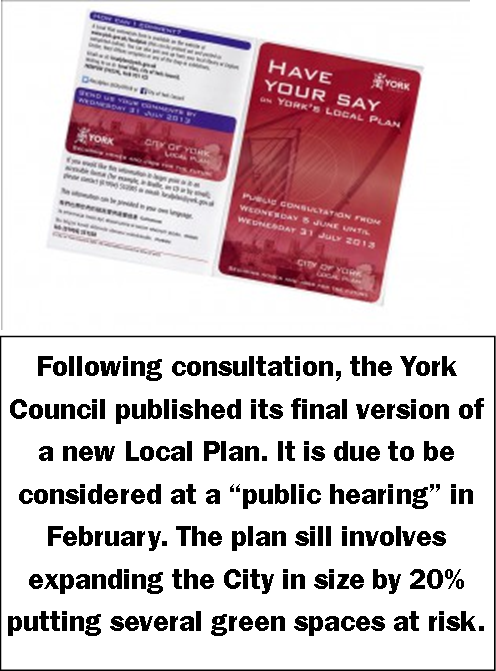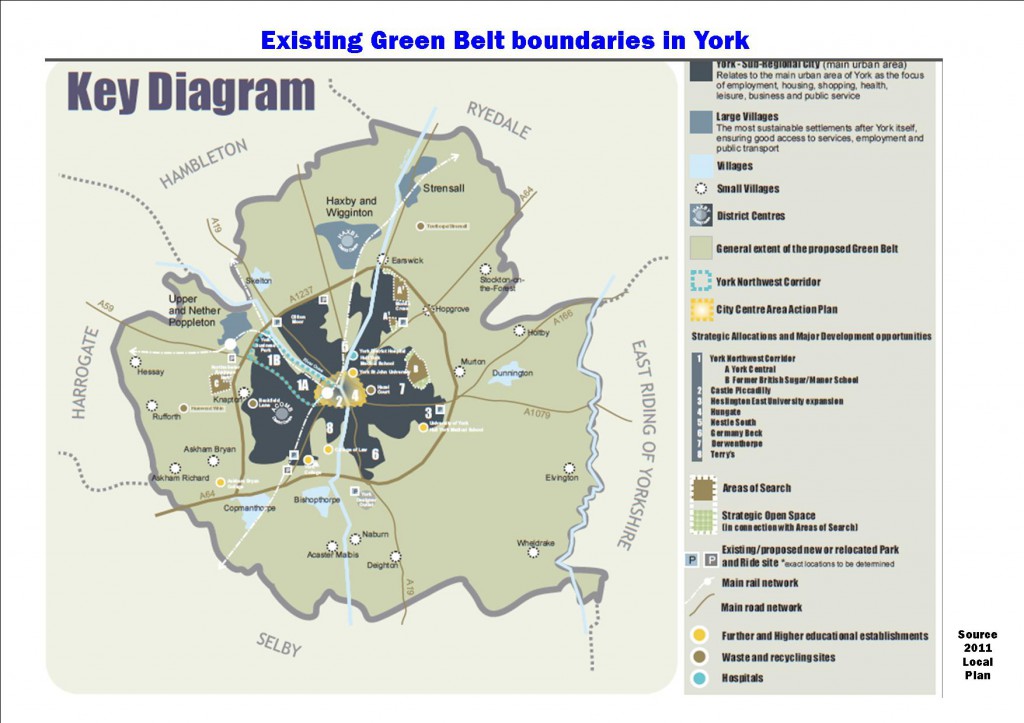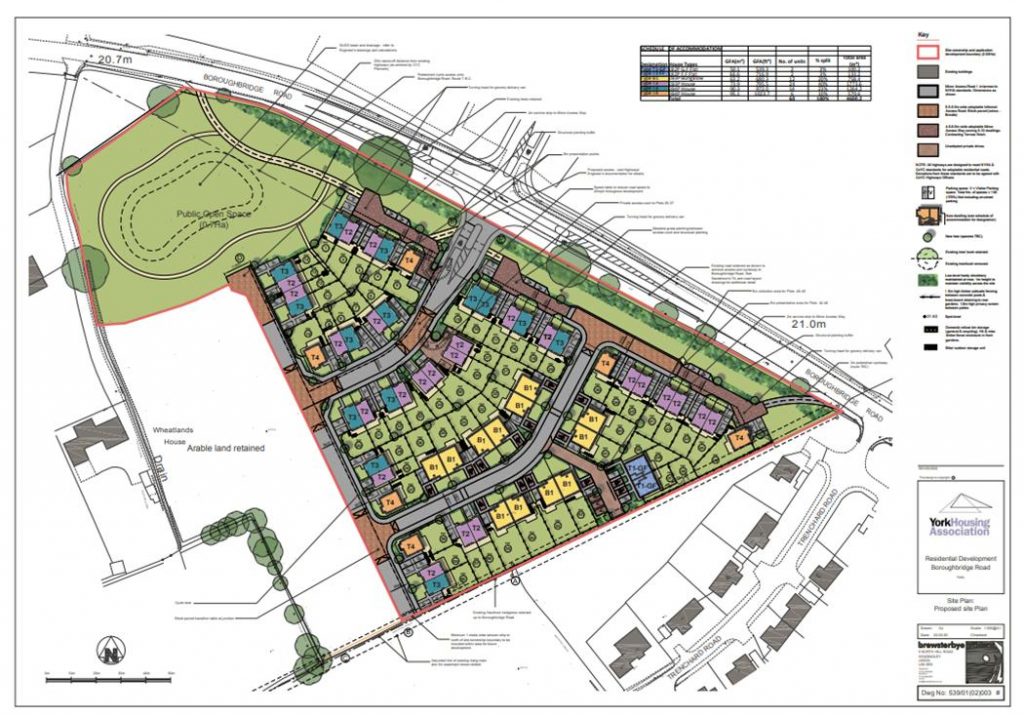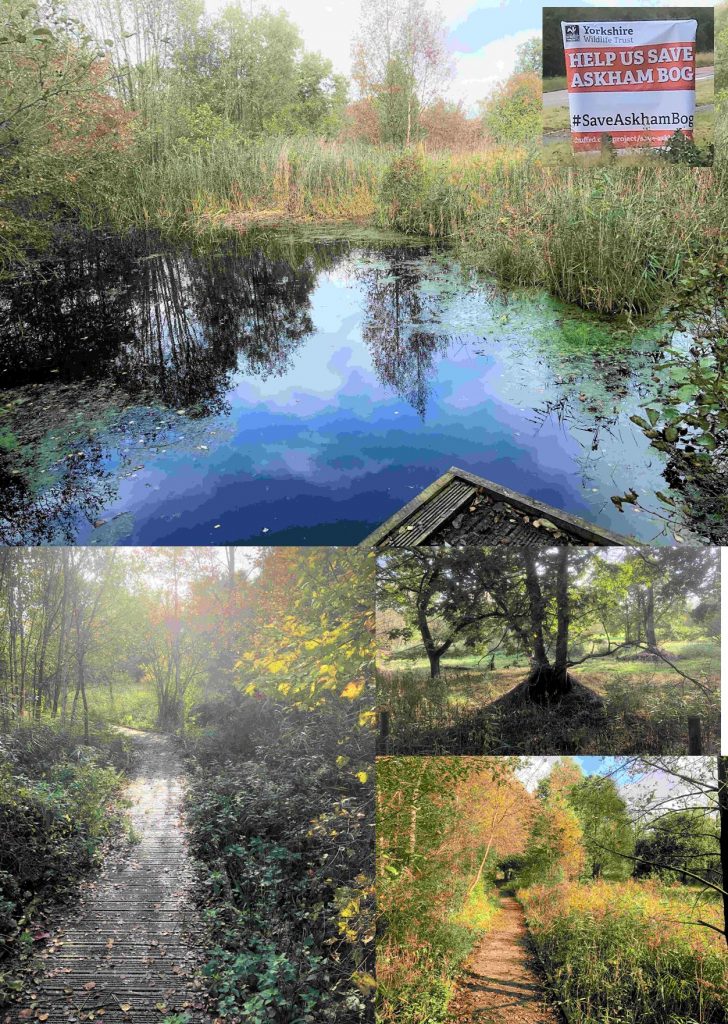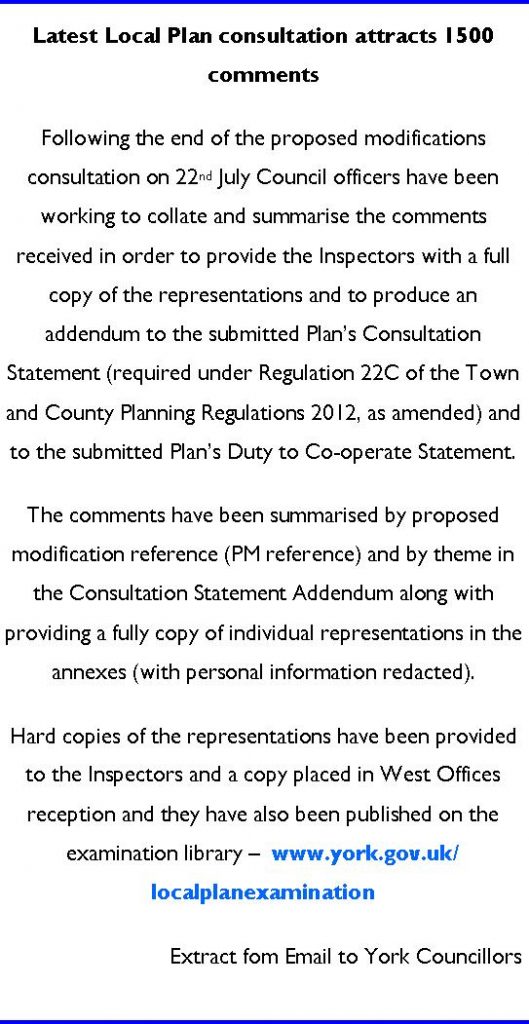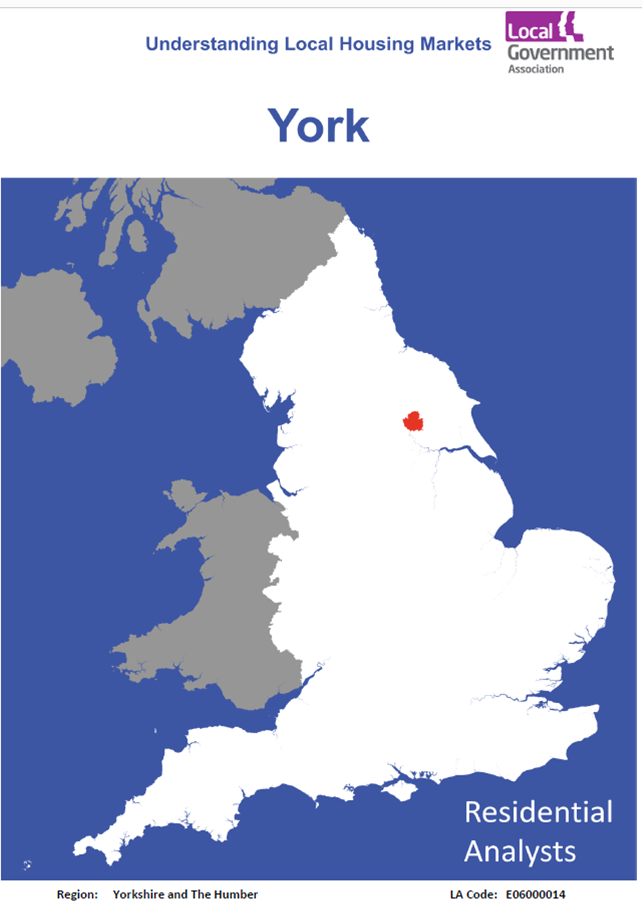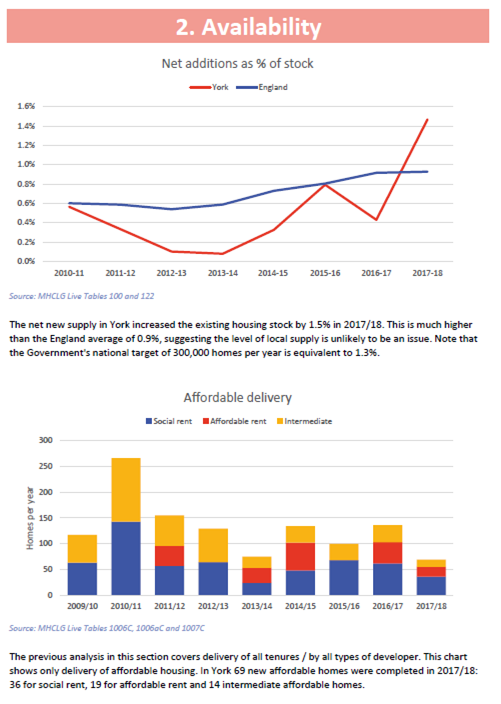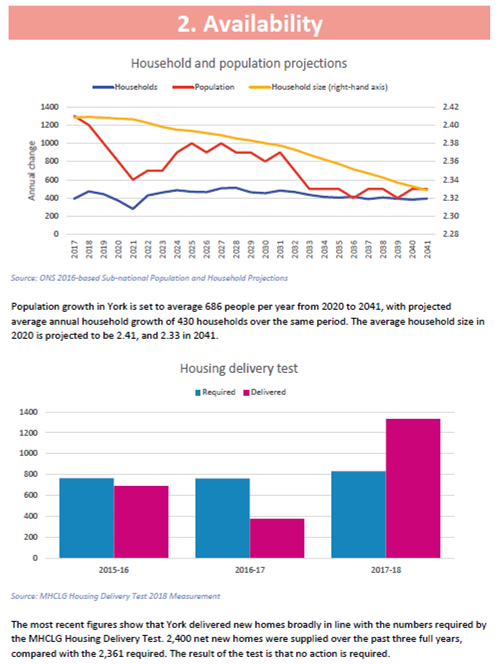It seems that the York Council is pursuing a policy of overkill with many and various public consultations currently underway.
There is already some scepticism among residents about whether it is even worth responding to the Council’s questions. A recent survey found that the majority of respondents didn’t want to see any major change to traffic signal arrangements at the St Leonard Place/Bootham junction. The views were largely ignored when a decision on changes was shelved until the autumn.
Meanwhile, the ill timed (but well intentioned) Groves experimental traffic scheme is still in operation and attracting comments. It was implemented at the height of the pandemic when streets were virtually free of traffic. It is likely to be 6 months before a “new normal” is established and the true impact of the road closures becomes apparent. In the meantime ambulances and other emergency vehicles are forced use an unnecessarily longer route.
The Council is now trying to promote it’s ” My City Centre” survey.
It says the questions are aimed at shaping “a people-focused, business-friendly city centre where people love to spend time, live and work“. You can complete the survey visit My City Centre York.
There is more than a sneaking suspicion that the questions simply replicate the Castle Gateway approach which started in 2018. There a seemingly endless stream of questions were apparently aimed at wearing down non conformist opposition.
The best test of the voracity of any survey is whether it offers the status quo as an option!
The Council has had little option but to start consultation again on its Local Plan.
Planning inspectors have asked for the six-week consultation period before examining the plan at public hearing sessions later this year.
The consultation will ask for comments on additional evidence and modifications submitted since the ‘Phase 1 hearings in 2019’, including the recent submission of the Green Belt Topic Paper Addendum (2021).
To have your say, visit Local Plan Consultation. The consultation will end at midnight on Wednesday 7 July 2021.
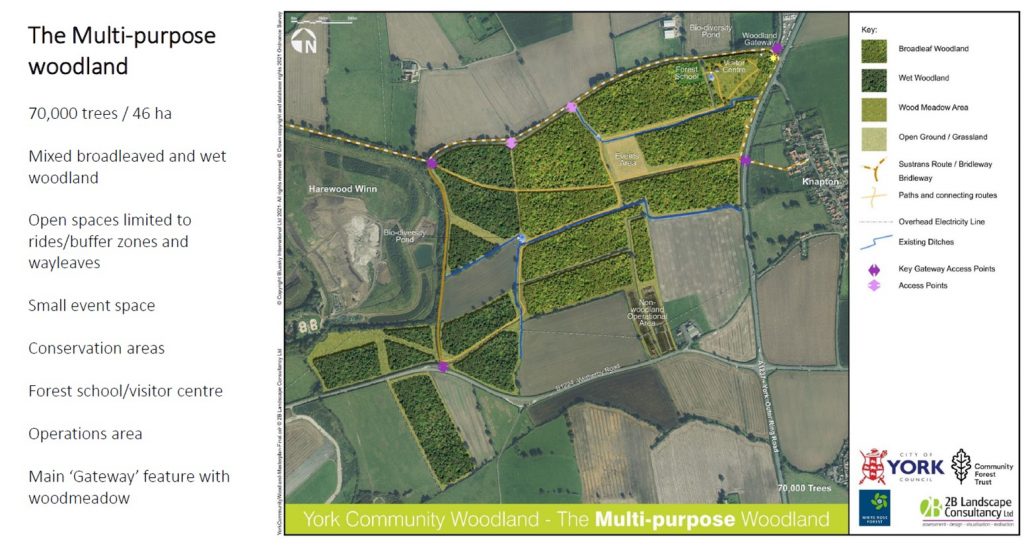
Consultation on “York’s Community Woodland” finished yesterday. It ran for over 6 weeks without managing to answer key questions about how much each of the options would cost and where the funding would come from. https://www.surveymonkey.co.uk/r/YorkWoodland
Another consultation which closed on 11th May relates to changes to recycling arrangements. The proposed 3 weekly collection system attracted one of the highest response rates ever seen. Whether the Council decides to go ahead with the changes, despite the concerns raised, may be the defining moment for the present Council. A decision is due on 24th June.
Other current consultation ca be found by clicking this link




